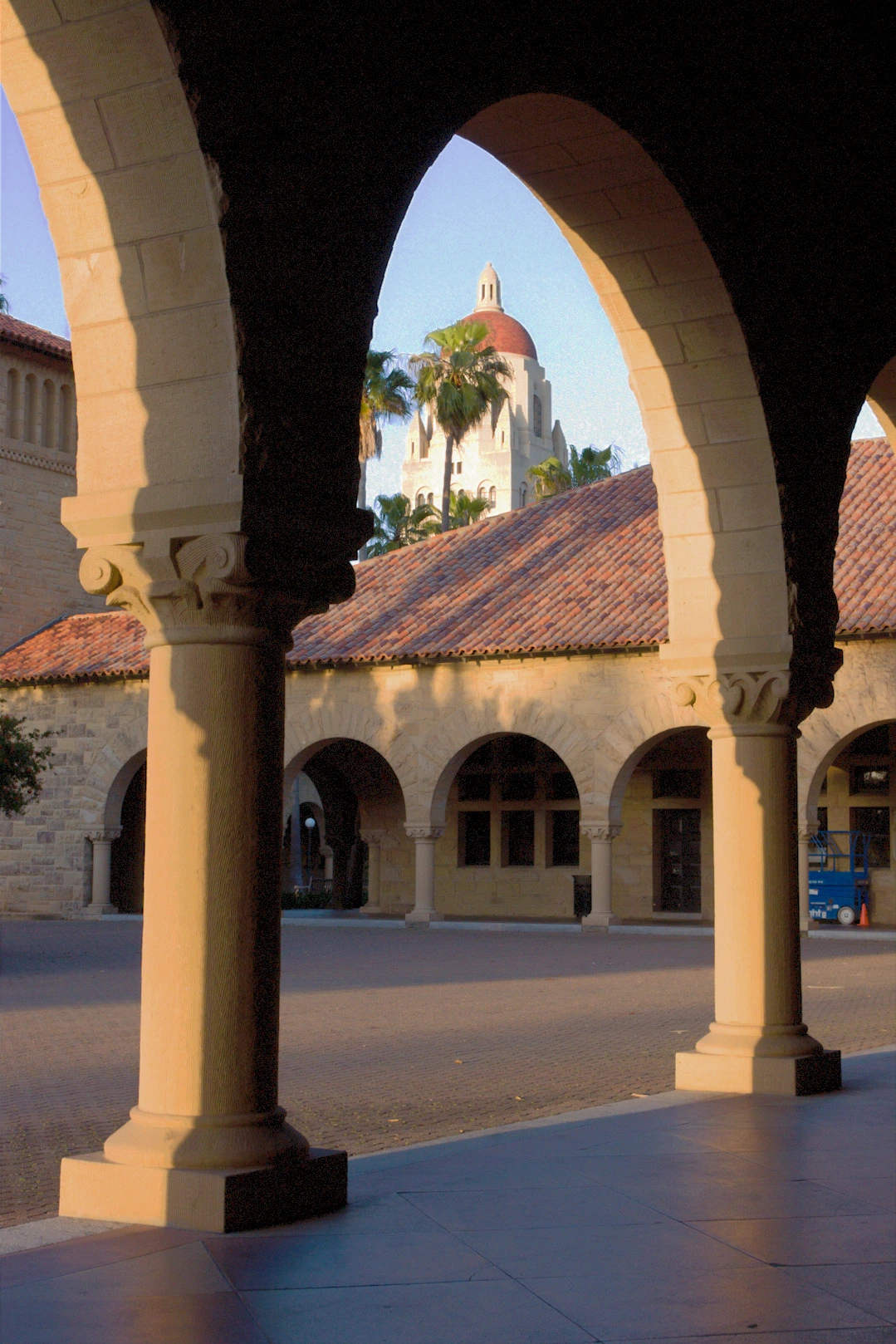Local Color Distributions Prior for Image Enhancement (ECCV2022)
Haoyuan Wang1, and Haoyuan Wang1, Ke Xu1 and Rynson W.H. Lau1
Ke Xu1
Ke Xu
PostDoc, CityU
Rynson W.H. Lau1
Rynson W.H. Lau
Associate Professor, CityU
1City University of Hong Kong
We enhance the photos with both over and under exposed regions by a light-weight multi-scale local color prior guided CNN, trained on our proposed dataset.
Abstract
Existing image enhancement methods are typically designed to address either the over- or under-exposure problem in the input image. When the illumination of the input image contains both over- and under-exposure problems, these existing methods may not work well. We observe from the image statistics that the local color distributions (LCDs) of an image suffering from both problems tend to vary across different regions of the image, depending on the local illuminations. Based on this observation, we propose in this paper to exploit these LCDs as a prior for locating and enhancing the two types of regions (i.e., over-/under-exposed regions). First, we leverage the LCDs to represent these regions, and propose a novel local color distribution embedded (LCDE) module to formulate LCDs in multi-scales to model the correlations across different regions. Second, we propose a dual-illumination learning mechanism to enhance the two types of regions. Third, we construct a new dataset to facilitate the learning process, by following the camera image signal processing (ISP) pipeline to render standard RGB images with both under-/over-exposures from raw data. Extensive experiments demonstrate that the proposed method outperforms existing state-of-the-art methods quantitatively and qualitatively.
Comparison Results
Attention: Your device's screen size is inadequate! The interactive component is hidden. For a more optimal browsing experience, please use a PC.
For images with both over and under-exposed regions, Our model is able to reconstruct the details in both regions. For low-light images, our model produces reasonable results compared to the existing low-light enhancement methods.
Our Method
Cite Our Work
@inproceedings{wang2022lcdp,
title = {Local Color Distributions Prior for Image Enhancement},
author = {Haoyuan Wang, Ke Xu, and Rynson W.H. Lau},
booktitle = {Proceedings of the European Conference on Computer Vision (ECCV)},
year = {2022}
}Reference
1. Afifi, M., Derpanis, K.G., Ommer, B., Brown, M.S.: Learning multi-scale photo exposure correction. In: CVPR (2021)
2. Chen, W., Wenjing, W., Wenhan, Y., Jiaying, L.: Deep retinex decomposition for low-light enhancement. In: BMVC (2018)
3. Wang, R., Zhang, Q., Fu, C., Shen, X., Zheng, W., Jia, J.: Underexposed photo enhancement using deep illumination estimation. In: CVPR (2019)
4. Guo, C., Li, C., Guo, J., Loy, C.C., Hou, J., Kwong, S., Cong, R.: Zero-reference deep curve estimation for low-light image enhancement. In: CVPR (2020)
5. Risheng, L., Long, M., Jiaao, Z., Xin, F., Zhongxuan, L.: Retinex-inspired unrolling with cooperative prior architecture search for low-light image enhancement. In: CVPR (2021)
6. Ignatov, A., Kobyshev, N., Timofte, R., Vanhoey, K., Van Gool, L.: Dslr-quality photos on mobile devices with deep convolutional networks. In: ICCV (2017)
2. Chen, W., Wenjing, W., Wenhan, Y., Jiaying, L.: Deep retinex decomposition for low-light enhancement. In: BMVC (2018)
3. Wang, R., Zhang, Q., Fu, C., Shen, X., Zheng, W., Jia, J.: Underexposed photo enhancement using deep illumination estimation. In: CVPR (2019)
4. Guo, C., Li, C., Guo, J., Loy, C.C., Hou, J., Kwong, S., Cong, R.: Zero-reference deep curve estimation for low-light image enhancement. In: CVPR (2020)
5. Risheng, L., Long, M., Jiaao, Z., Xin, F., Zhongxuan, L.: Retinex-inspired unrolling with cooperative prior architecture search for low-light image enhancement. In: CVPR (2021)
6. Ignatov, A., Kobyshev, N., Timofte, R., Vanhoey, K., Van Gool, L.: Dslr-quality photos on mobile devices with deep convolutional networks. In: ICCV (2017)



































































































